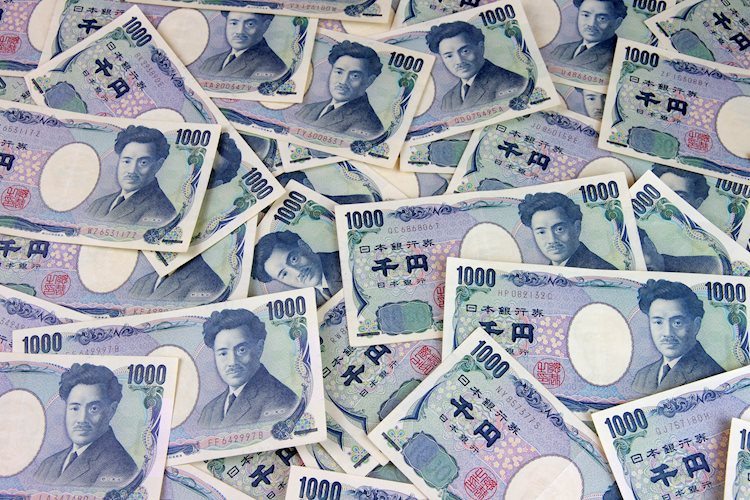The USD/JPY pair has recently retreated after reaching its highest level since August 16, sparking fears of possible intervention. This comes amid reduced expectations for more rate hikes by the Bank of Japan and a sizable rate cut by the Federal Reserve. Despite this pullback, any significant correction could be viewed as a buying opportunity, with limitations to the downside expected.
Japan’s Vice Finance Minister for International Affairs Atsushi Mimura’s comments about monitoring FX movements, including speculation, have fueled intervention speculation, providing some support for the Japanese Yen and attracting sellers to the USD/JPY pair. However, the decreasing likelihood of another rate hike by the BoJ in 2024 and the potential for a more aggressive policy easing by the Fed should continue to strengthen the currency pair. Additionally, political uncertainty surrounding the upcoming general election on October 27 in Japan may keep JPY bulls on the sidelines, while upbeat US jobs data from Friday has tempered expectations for a large rate cut by the Fed, boosting the USD and benefiting the USD/JPY pair.
As a result, any further decline in the USD/JPY pair could present a buying opportunity, with caution advised for bearish traders. It is important to wait for significant follow-through selling before confirming the potential exhaustion of the recent uptrend observed for the past week. While no major economic data is scheduled for release on Monday, speeches from influential FOMC members and geopolitical developments could impact the USD during the North American trading session, influencing the USD/JPY pair accordingly.
The Japanese Yen (JPY) is among the most traded currencies globally, with its value influenced by various factors such as the performance of the Japanese economy, Bank of Japan policies, bond yield differentials between Japan and the US, and trader sentiment. The BoJ plays a significant role in controlling the currency, with occasional interventions aimed at managing the Yen’s value. The ultra-loose monetary policy adopted by the BoJ between 2013 and 2024 led to a depreciation of the Yen against major peers, but gradual policy changes have provided some support to the currency in recent times.
In the past decade, the BoJ’s commitment to ultra-loose monetary policy has resulted in a divergence with other central banks, particularly the Federal Reserve, favoring the US Dollar against the Yen. However, the BoJ’s decision to move away from ultra-loose policy and interest rate adjustments by other major central banks have narrowed this gap. The Japanese Yen is often viewed as a safe-haven investment during market uncertainties, leading investors to seek refuge in the currency due to its perceived stability and reliability, strengthening its value against riskier currencies in turbulent times.





















